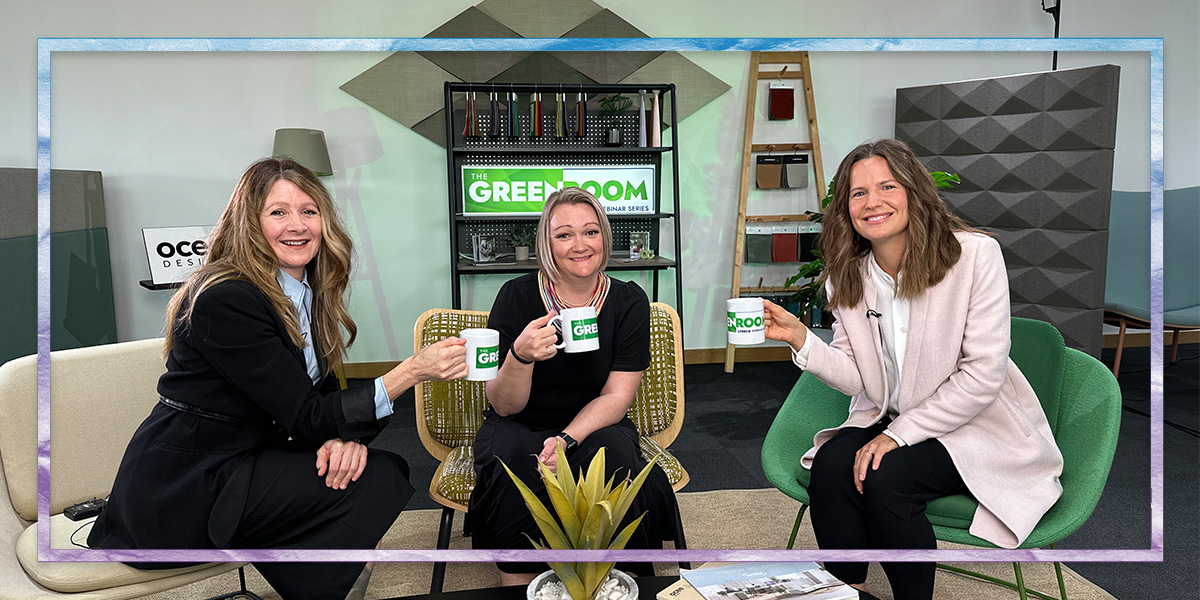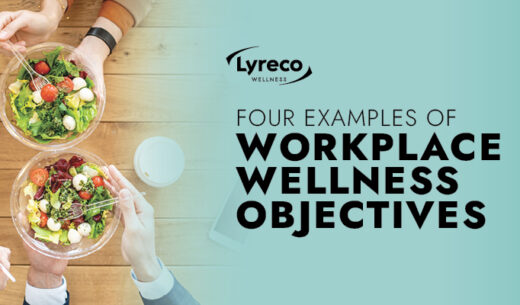The Green Room – Embracing Neurodiversity, Designing for Inclusion: Our Words
In today’s dynamic and rapidly evolving business landscape, the promotion of inclusive workplaces stands as an imperative. In our recent webinar titled “Embracing Neurodiversity: Designing for Inclusion in the Workplace,” in partnership with OCEE Four & Design, our panel of experts gathered to delve into this pressing subject matter.
Defining neurodiversity
Dr. Jo Carlile, a Clinical Psychologist and Neurodiversity Specialist started the conversation by navigating the concept of neurodiversity. She likened neurodiversity to the Earth’s biodiversity, drawing attention to the distinctiveness of each individual’s cognitive processes, just as our ecosystem thrives with various species and plants, humans too are wired differently. This wiring is influenced by genes, temperament, personality, experiences, trauma, culture, and our environment. The essence is that we’re all unique, and this diversity should be celebrated.
She pointed out that everyone’s brain is unique, just like fingerprints. Our life experiences, in addition to our neurodivergence, shape our actions and thoughts. It’s crucial to recognise and celebrate these differences rather than trying to fit individuals into predefined boxes.
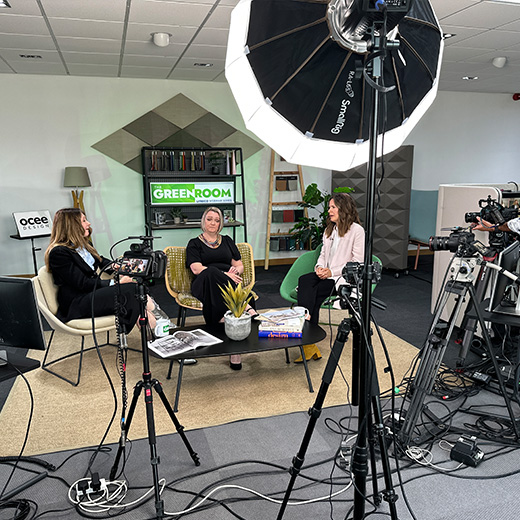
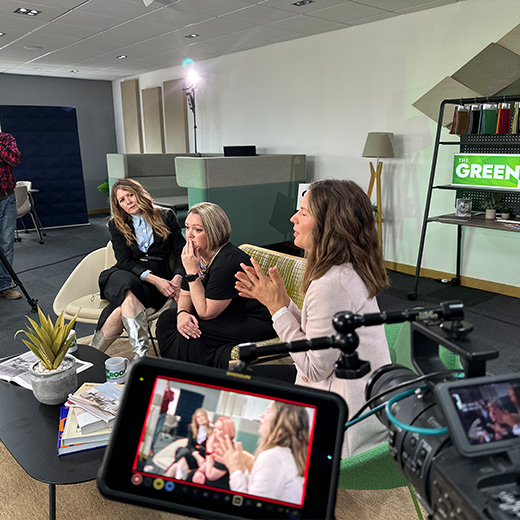
Varieties within neurodiversity
Dr. Jo Carlile, a Clinical Psychologist and Neurodiversity Specialist, proceeded to delve deeper into the variations of neurodiversity. Dr. Carlile illuminated the vast spectrum that encompasses neurodiversity, which includes conditions like autism, ADHD, dyslexia, and OCD. Notably, the medical model categorises these conditions based on observable traits and symptoms.
Dr. Jo emphasized that even within specific diagnoses, such as autism or ADHD, individual experiences can vary widely. The term “neurodivergent” is often used to describe those with a specific diagnosis, but it’s essential to recognise that one person’s neurodivergent experience can be vastly different from another’s.
Toni Horn, Founder of Think Differently and Neurodiversity Workplace Consultant added that everyone perceives the world through a unique lens. For instance, someone with ADHD might view the world differently than someone with autism or someone without any neurodivergent condition. This diversity in perception and experience is akin to how everyone has a unique fingerprint.
Inclusive workplace design
The significance of inclusive workplace design took centre stage with insights from Claire Williams, Group Creative Director at Ocee & Four Design. Williams championed the creation of work environments that never impose barriers to inclusivity. Inclusive design meticulously considers the diverse needs of neurodivergent individuals, who may require distinct types of spaces to enhance their professional journeys. The provision of spaces that offer choice and communicate their purpose with clarity plays a pivotal role in nurturing an inclusive ecosystem.
Recognising the spectrum of neurodiversity, it’s crucial to understand that individuals can be oversensitized or undersensitized. Workplaces should cater to both, providing spaces that can stimulate or calm individuals as needed.
Addressing the challenges faced, the discussion homed in on the importance of establishing tranquil and restorative spaces, readily accessible for individuals grappling with heightened emotional states or anxiety. These spaces ought to be available without the need for prior booking.
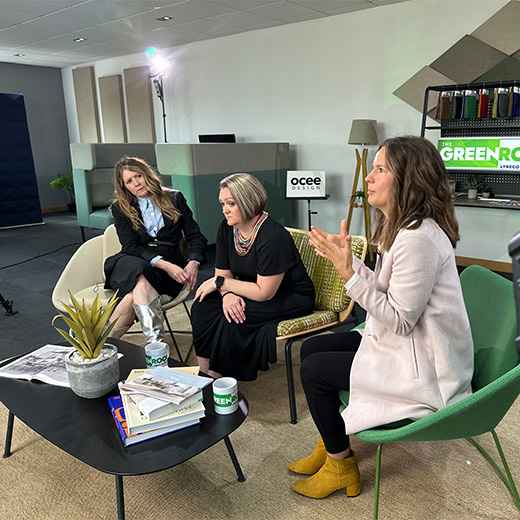
why it matters for business
Toni Horn, then spoke about the many advantages to businesses. By embracing neurodiversity, companies can harness the strengths and innovative thinking that neurodivergent individuals bring to the table. Inclusive design significantly enhances the overall well-being and productivity of all employees, fostering a more engaged and diverse workforce. This, in turn, results in improved retention rates and instils a profound sense of belonging among employees.
practical considerations for every business
Communication Through Design: The design of a workspace can communicate its purpose. For instance, a booth might indicate a need for privacy, while an open seating area suggests collaboration. The design should allow employees to control their space, signalling their current state or needs without verbal communication.
Integration of Inclusive Furniture: While having inclusive furniture like booths is beneficial, it’s the integration and acceptance of their use that matters. Employees should feel free to use these spaces without judgment.
Activity-Based Working: This concept involves going to an area that supports the current activity. It has evolved to support neurodiversity by offering different spaces for varying levels of interaction and communication.
Practical design elements
Lighting & Wayfinding: Clear navigation and appropriate lighting can make a significant difference.
Colour: Certain colours can evoke specific emotions or reactions. For instance, pink is considered relaxing, while other colours might energise or calm.
Sensory Considerations: Smell, sound, and touch play crucial roles. For instance, strong kitchen smells or the noise of a dishwasher might be jarring for some.
Texture: Hard, cold surfaces can be off-putting. Using natural colours and avoiding highly textured materials can create a more comfortable environment.

